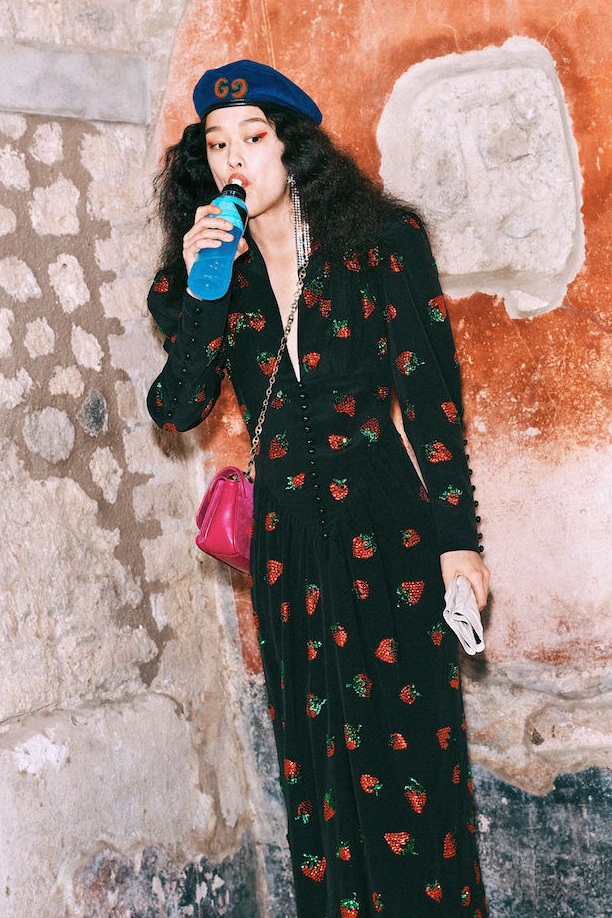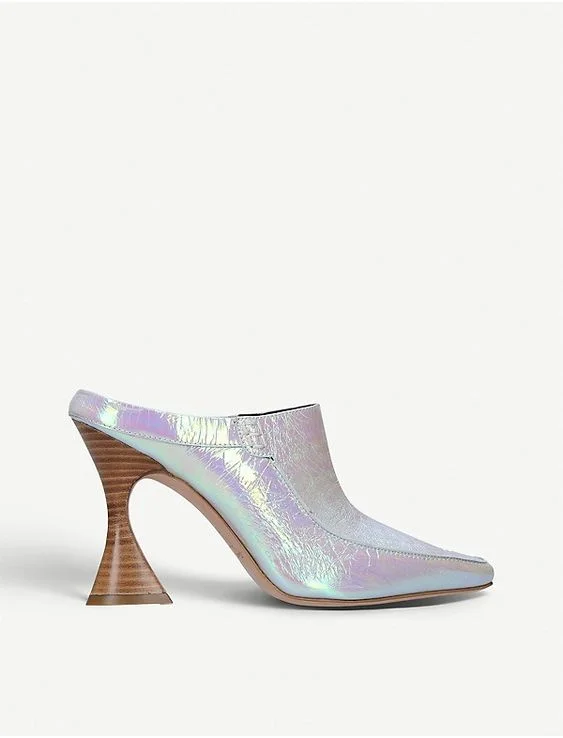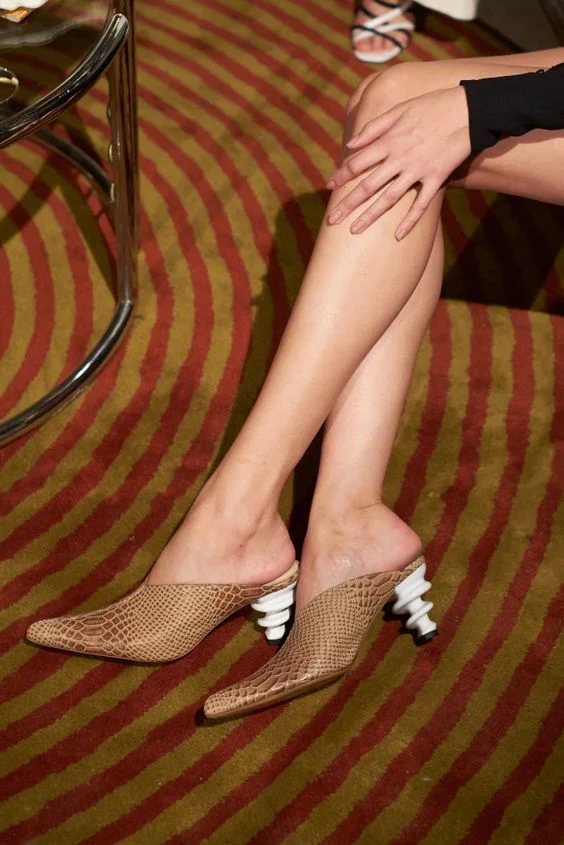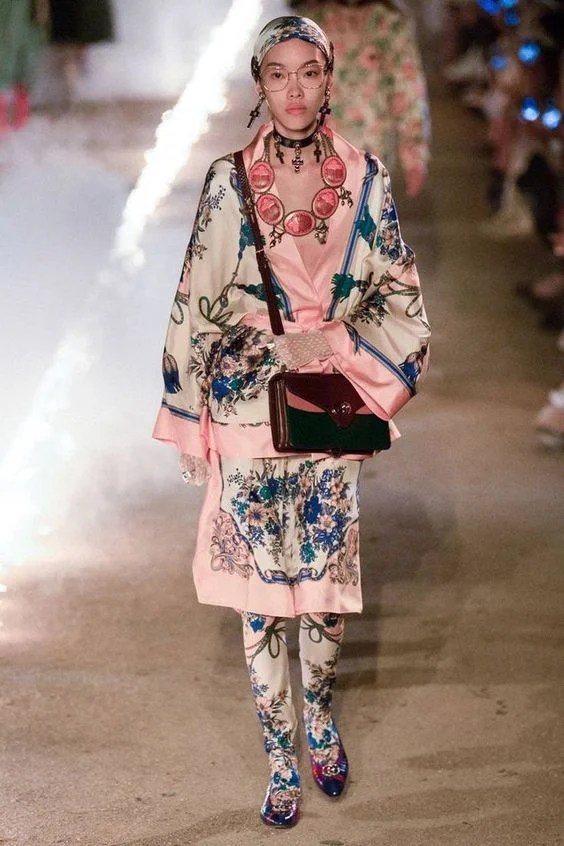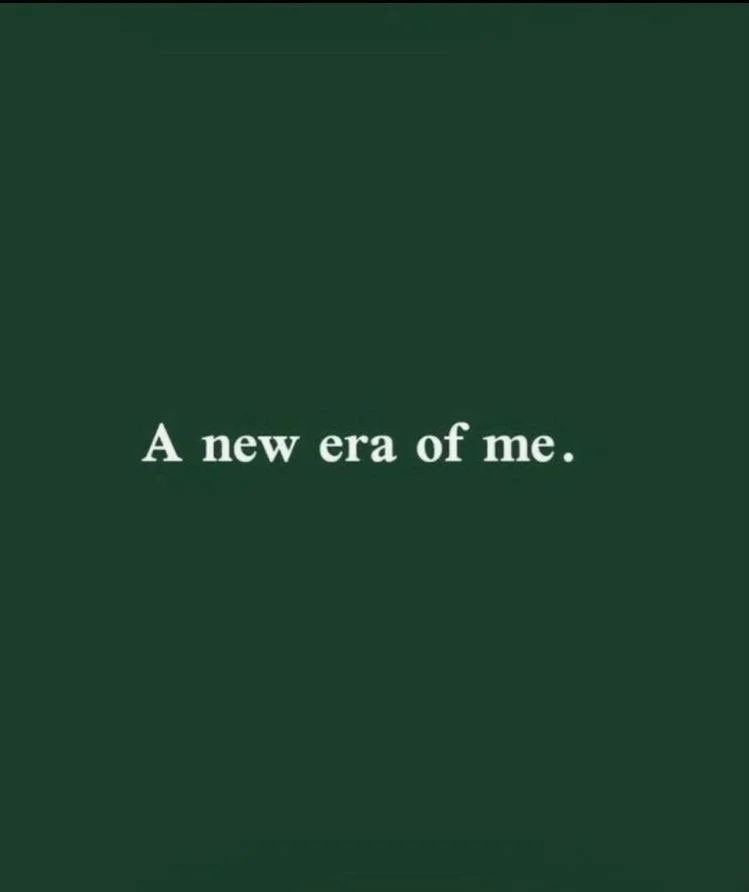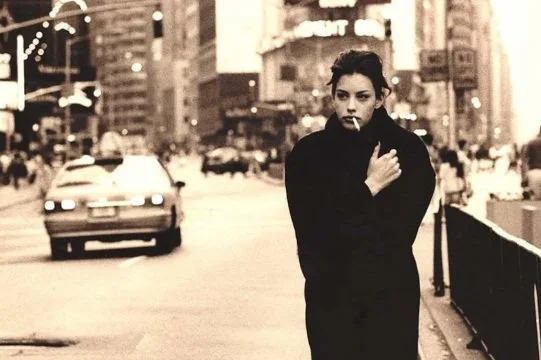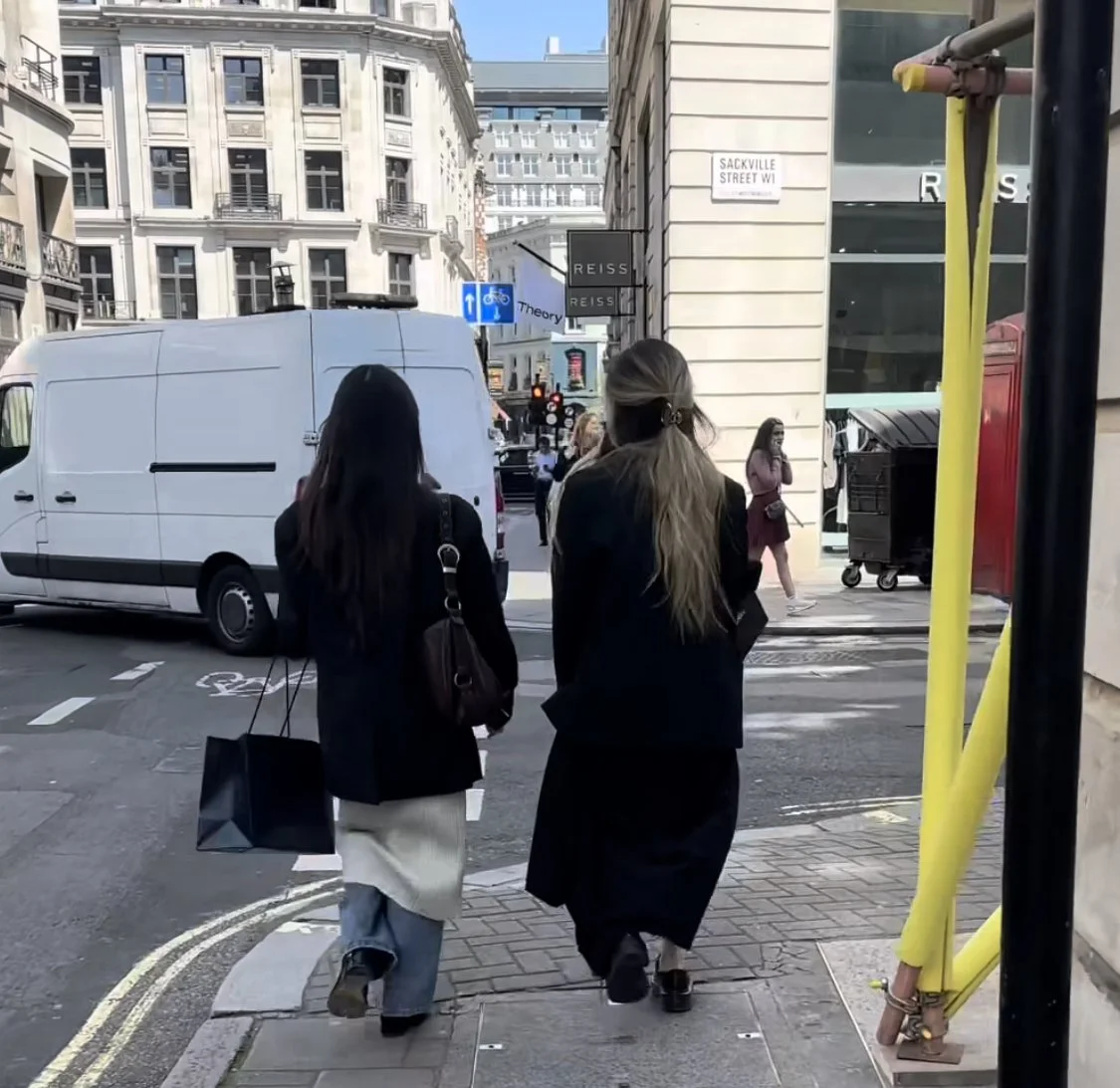Is Fashion Doomed to Repeat Itself?
Gucci pre-fall 2019 shot by Harmony Korine
by Elena Chen
It’s arguable that there were never new things in the first place. Henri Cartier-Bresson once said that he did not believe in new things, simply the new arrangement of existing things. Whilst originality has always been a defining pillar in any creative field, in fashion the distinctive quality of one’s designs build the brand, the trends and the legacy. Recognizability is crucial in the world of garmentry; and makes perfect sense being so as so much about fashion is individual expression. The individual declaration towards the entire world beyond oneself of one’s style, community, and at times, political belief. Punk rockers, Hippies and Wall Street all dressed accordingly to signify through garb their alignments to respective value systems. Of course, there are exceptions to every rule, never mind in the world of fashion where there are hardly any rules. For all the importance that originality carries in fashion, especially in today’s fast-paced, four collections a year market climate, how is the industry coping with meeting steadily increasing demand for both the new and the original?
Is the only way to stay “fashionable” to fully participate in this incessant rotation of trend and style? More, more, more...more. Are we creating more, or are we harvesting more? Reaching into the past where few of us have ventured; acting forward-facing knowing that our time only really values “the next big thing”. Or is that not what fashion is about at all, not about the new and original, but about the new arrangement of things?
Alessandro Michele’s revival of Gucci at his intervention in 2015 made waves across the fashion industry and proved to be a business case that many have followed suit since. In the first fiscal quarter of 2017, Guccis’ "wholesale increased by 37% and its retail sales grew 34%”. He crafted such allure that millennials began purchasing luxury, with “55% of sales now made to people under 35” that same year. And whilst Michele wove the Victorian with the Antique and mashed it with Streetwear motification, his unique vision was a refreshing arrangement of iconic fashion elements ranging from their respective eras, but nonetheless an amalgamation of things inspired from the past. The ingenious interweaving of sequin, silk, and monogram printed leather is a sight for sore eyes. We saw the 90’s make a comeback in the mid-2010s, and they are still in full bloom now. Sies Marjan released iridescent mules that bore a slight Dior heel in their Fall 2018 RTW as well as some ombre vinyl kitten heels bearing futuristic and historic elements. A form that first came into purpose to raise Kings above the floor, they made a comeback in the 50’s and again in the 90’s, and the 90’s seemed to have circled back again, to today.
l-r: Sies Marjan, Kalda SS19, Fashion East London Fashion Week FW19
Even Streetwear and Couture have found a way to settle their differences in 2019 --- Virgil Abloh’s appointment at Louis Vuitton and Kim Jones’ move to Dior Homme. But with digital media sending out their best fashion police, one under the Instagram handle @diet_prada, plagiarism won’t to be tolerated, no matter how many contrasting elements appear in attempt to confuse the jury.
Moschino was involved in a plagiarism issue last year. Gucci was accused of plagiarism after a BA Womenswear student in Central Saint Martins where there official CSM BA account released a photo of the student’s collection next to Gucci’s video screenshot showed an uncanny similarity between the use of the alien motif. In its caption: “Young emerging designers and artists only have their ideas to trade”.
With all this recycling and remodeling and readjusting, I’m reminded of Martin Margiela for his deconstructionist way with clothes such that some post-structuralists would have fawned over them. The infamously reclusive designer spoke at the Belgian Fashion Award 2018, leaving us with these words:
“I felt that I could not cope any more with the worldwide increasing pressure and the overgrowing demands of trade,” he wrote. “I also regretted the overdose of information carried by social media, destroying the ‘thrill of wait’ and cancelling every effect of surprise, which was so fundamental for me.”
But are designers remembered because they had done something for the first time, or because they did something so uniquely theirs with what they had it spoke with piercing authenticity? The “surprise”, a realisation of laying eyes upon something in fashion that spoke so directly to you that it binds you to that piece in some inexplicably intricate manner, is important. So have we entered the age of reuse?
Possibly.
Is it so bad?
l-r: Gucci SS19 / British Vogue, Off White SS19 / Vogue.com, Christian Dior SS19 / Vogue.com
Sisyphus was condemned to the infinite cycle of pushing a boulder up the hill only for it to roll back down again, but Albert Camus cleverly (or cheekily) noted that “acknowledging the truth will conquer it; Sisyphus, just like the absurd man, keeps pushing. Camus claims that when Sisyphus acknowledges the futility of his task and the certainty of his fate, he is freed to realize the absurdity of his situation and to reach a state of contented acceptance. With a nod to the similarly cursed Greek hero Oedipus, Camus concludes that "all is well," indeed, that "one must imagine Sisyphus happy." One must imagine the toll in being milked for the new is evident, and its absurdity, though less so, also relevant. In this absurdity we have a chance at facing the truth and being liberated from the pressure by accepting that the era of mix’n’match is at our fingertips for the taking. Let’s rise to the occasion.


